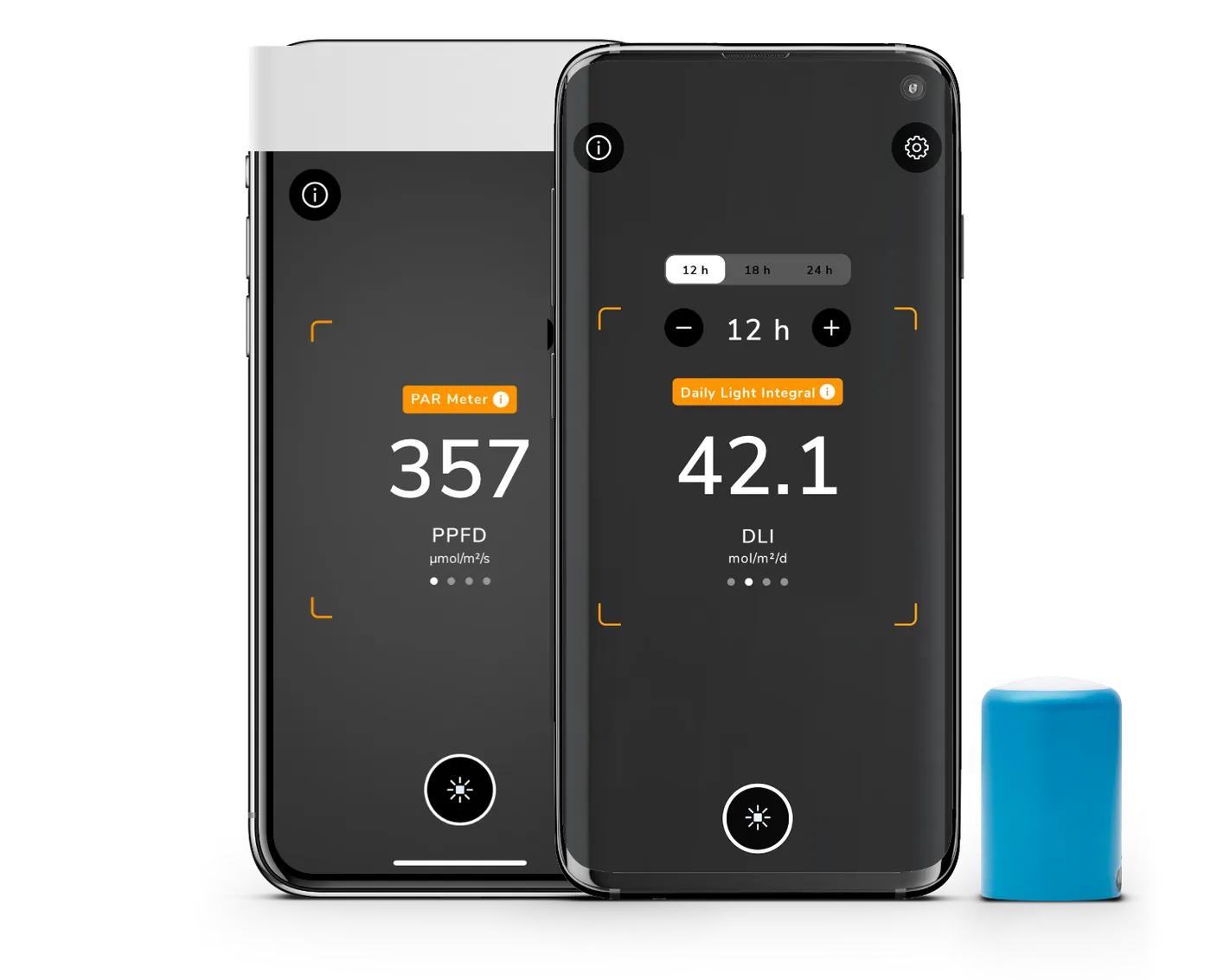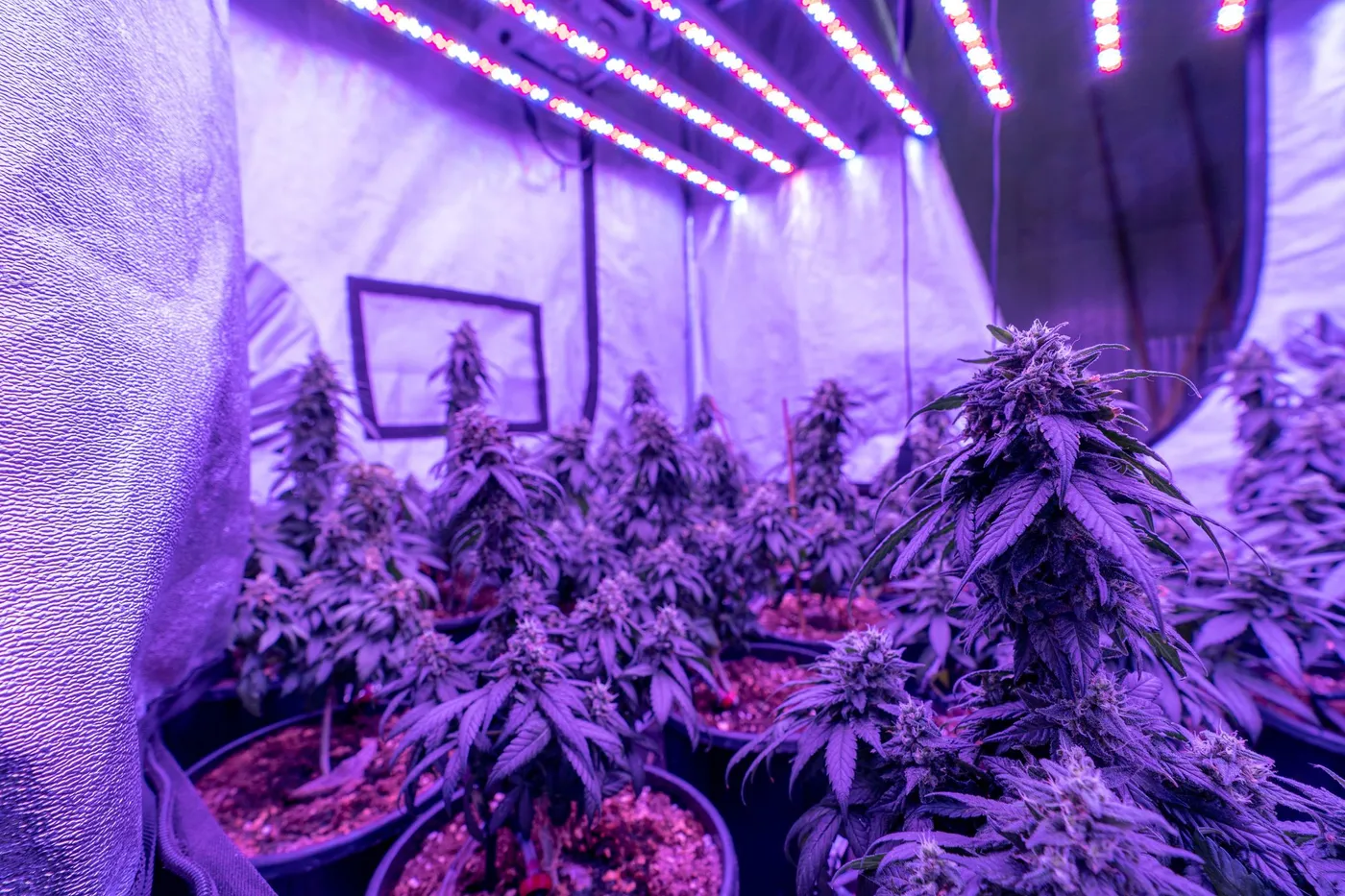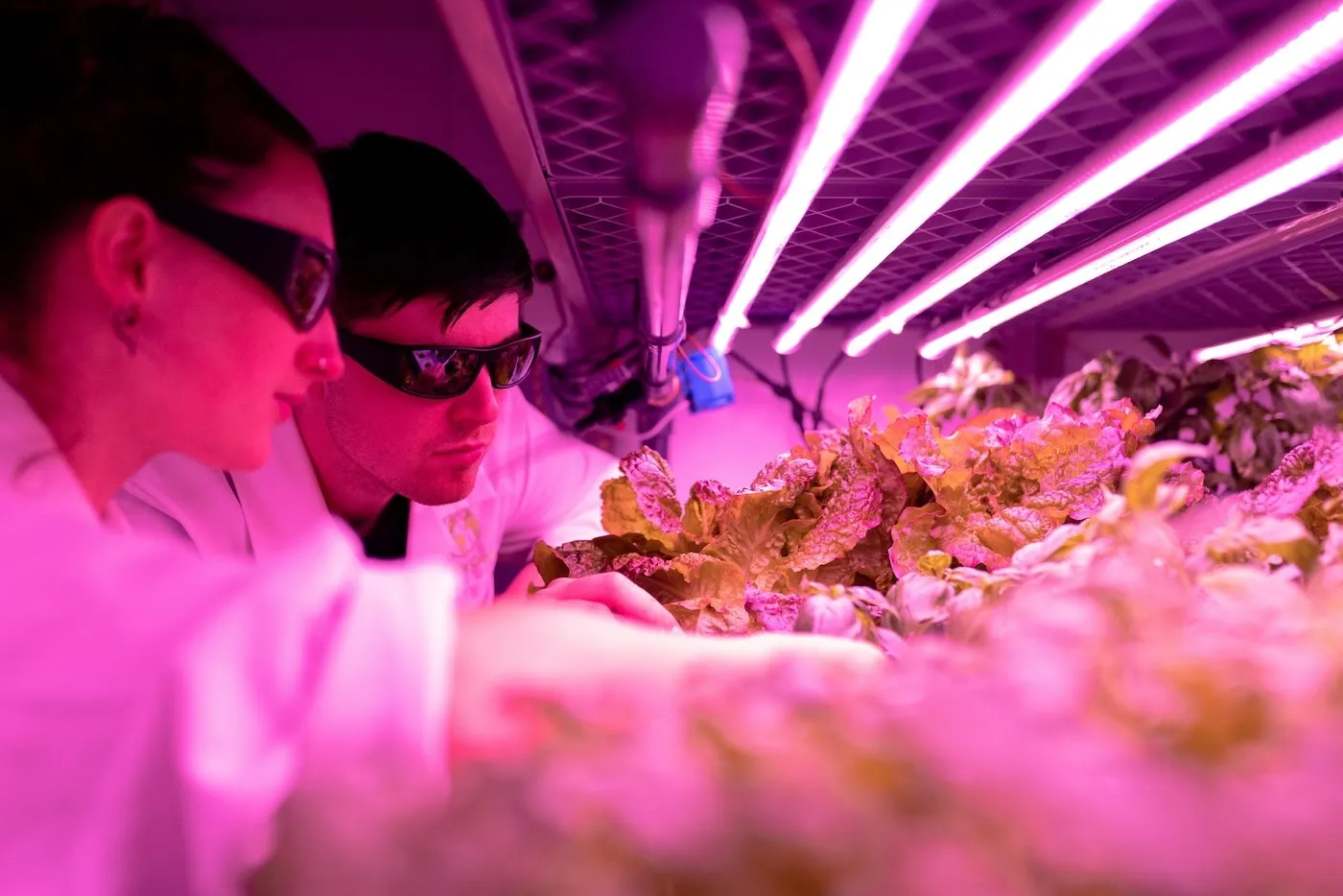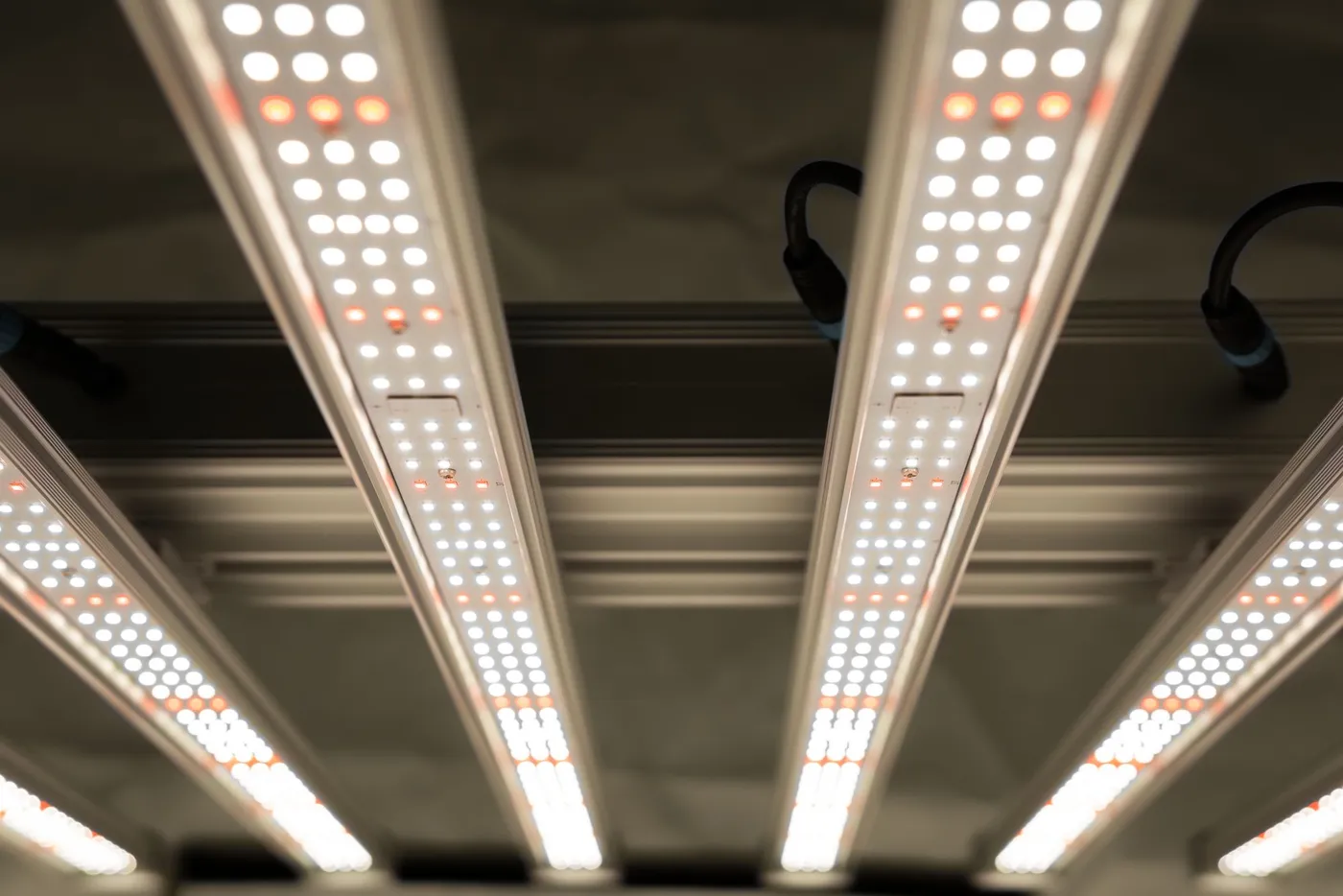
Auto-Translate
Growing plants indoors is truly a remarkable hobby that many novices and professional horticulturalists embrace. There’s nothing quite like harvesting the fruits of your labor - whether they be aromatic flowers or flavorful produce indoors. However, growing plants indoors comes with its’ own hurdles that all growers must face.
Contents
Positioning is Everything
Just like the saying, “location is everything,” the same can be said for positioning – especially in relation to indoor grow lighting for plants.
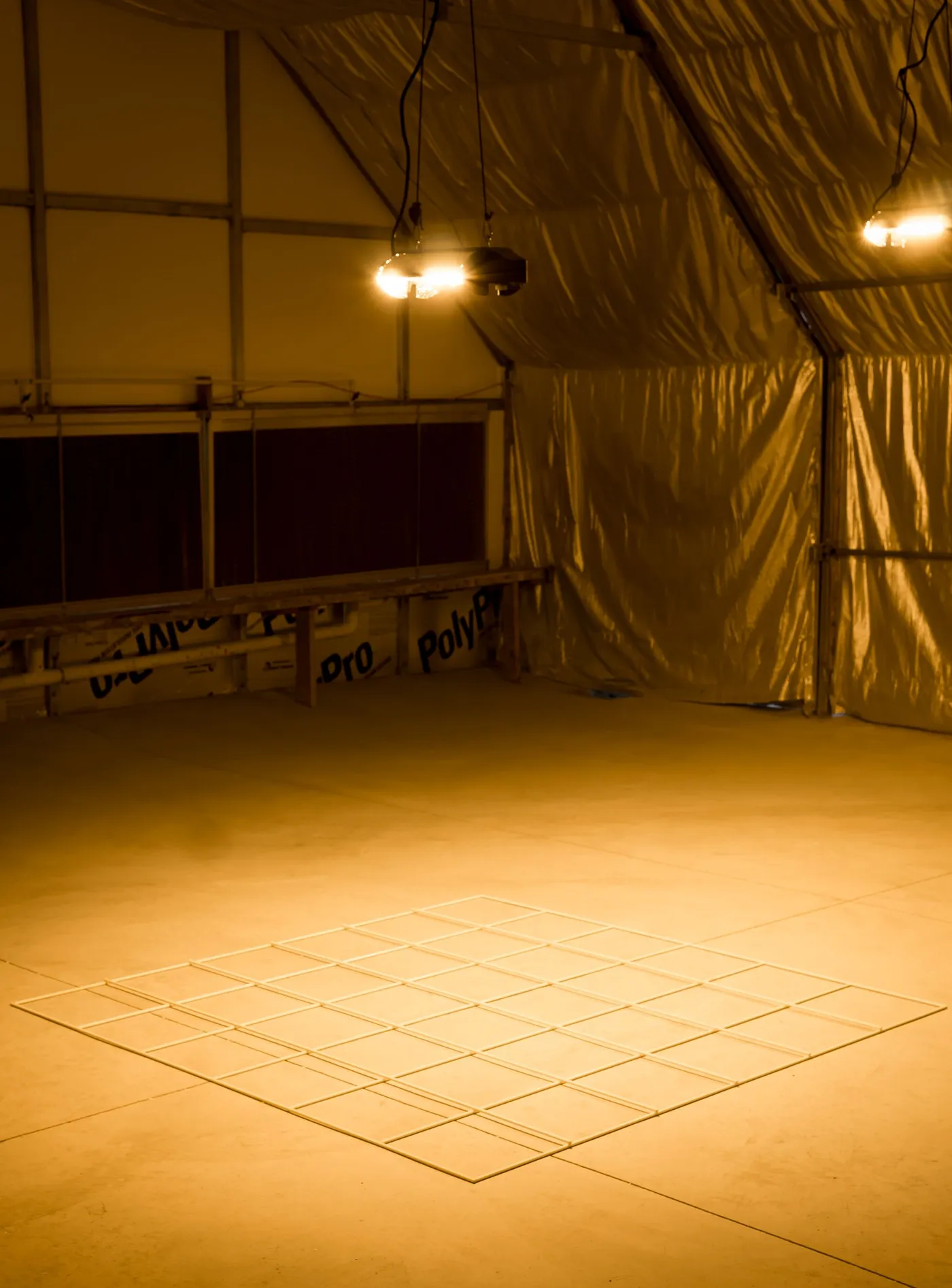
However, you may be wondering why the position of your indoor grow lights even matters. The primary reason why positioning counts is because it influences the number of plants your light effectively covers, the intensity of light that’s received, and thermal dynamics in the grow room. Let’s take a look at these three elements in detail.
Plant and Light Interactions
If you read publications that are oriented towards indoor growers, you’ll notice that everyone is talking about wattage endlessly. Although wattage does account for the overall power that’s being drawn from the wall in terms of electricity, it reveals nothing in regards to a measurement of how light interacts with plants.
What does tell you about the plant/light interaction is the PPFD (photosynthetic photon flux density) and DLI (number of moles of light per square meter per day). We don’t expect you to become a master in these measurements, but they are essential to understand in order to optimize your grow room.
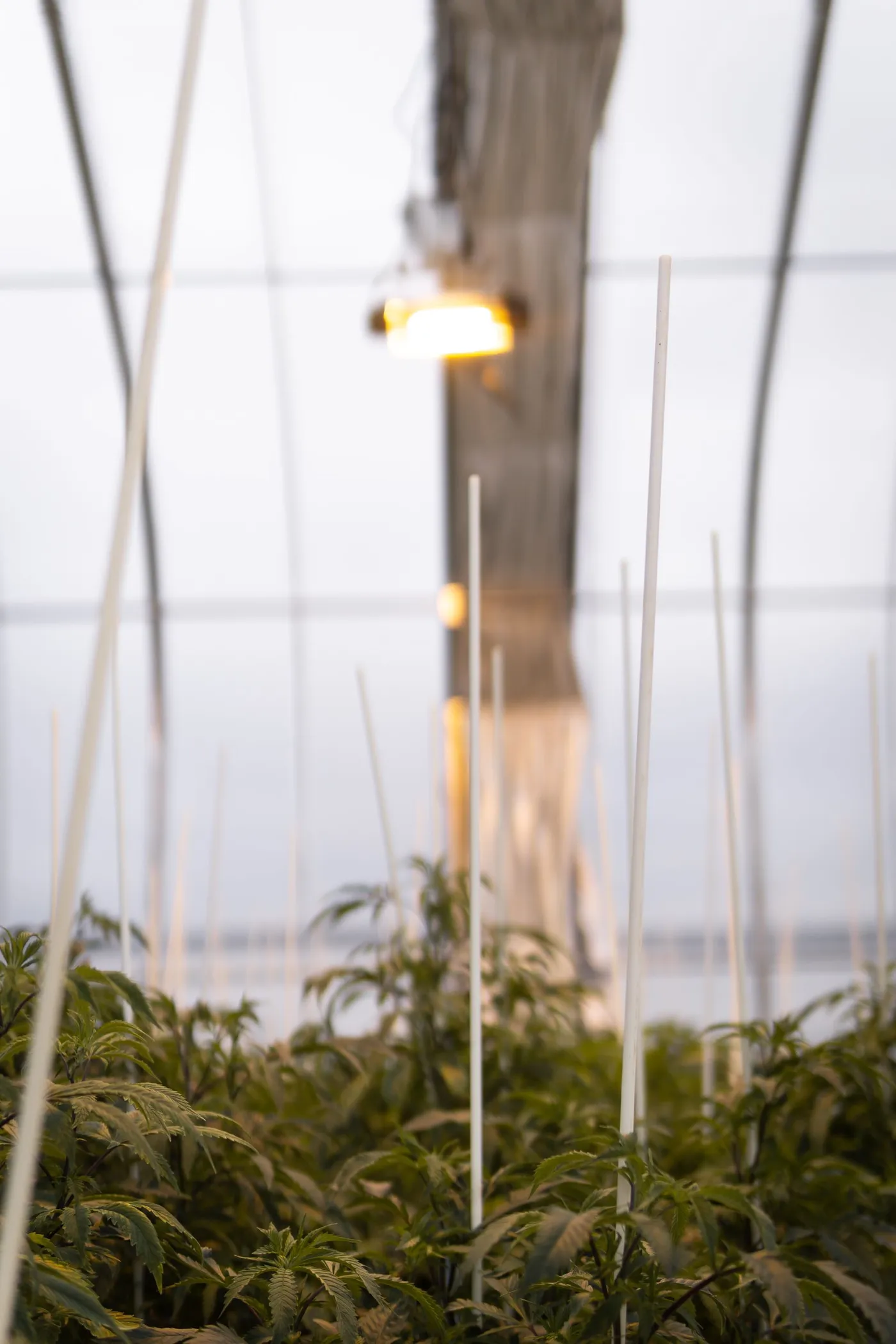
Thermal Considerations
If your indoor grow lights, such as powerful 1000W HPS HIDs, are too close to the canopy of your garden you’ll risk burning the uppermost leaves. This is a significant problem that many novice and professional growers encounter on a regular basis.
All lights emit heat, whether they are LED or HIDs. Considering this fact, you must place your indoor grow lights at the optimal height to avoid this common mistake. Although there are general guidelines to find the perfect height, nothing beats a light meter and your own hand to gauge how hot the lights are.
Light Footprint
When you understand the correct positioning for indoor grow lights, you’ll have the ideal number of plants. This is easier said than done for most, but you’ll be prepared by the end of this article.
A light’s footprint refers to the area that it illuminates. When you turn on your indoor grow lights, you’ll notice the space that it covers. However, not all light within the light’s footprint is equal. This is because the edges will have less intense light, and the center will have more direct light.

If you try to cram a large number of plants under a single light, you’ll notice that the outlier plants will yield significantly less than those directly underneath the grow light. This directly impacts the number of plants that you can grow efficiently.
Position Your Indoor Grow Lights Like A Pro
If you’re ready to grow plants indoors like a pro, then it’s time to look at a light meter. Our app Photone (previously named Korona) is a mobile application on your smartphone that seamlessly measures PAR as PPFD, lux, DLI, and fc. In other words, Photone is your personal light meter that doesn’t cost an arm and a leg.
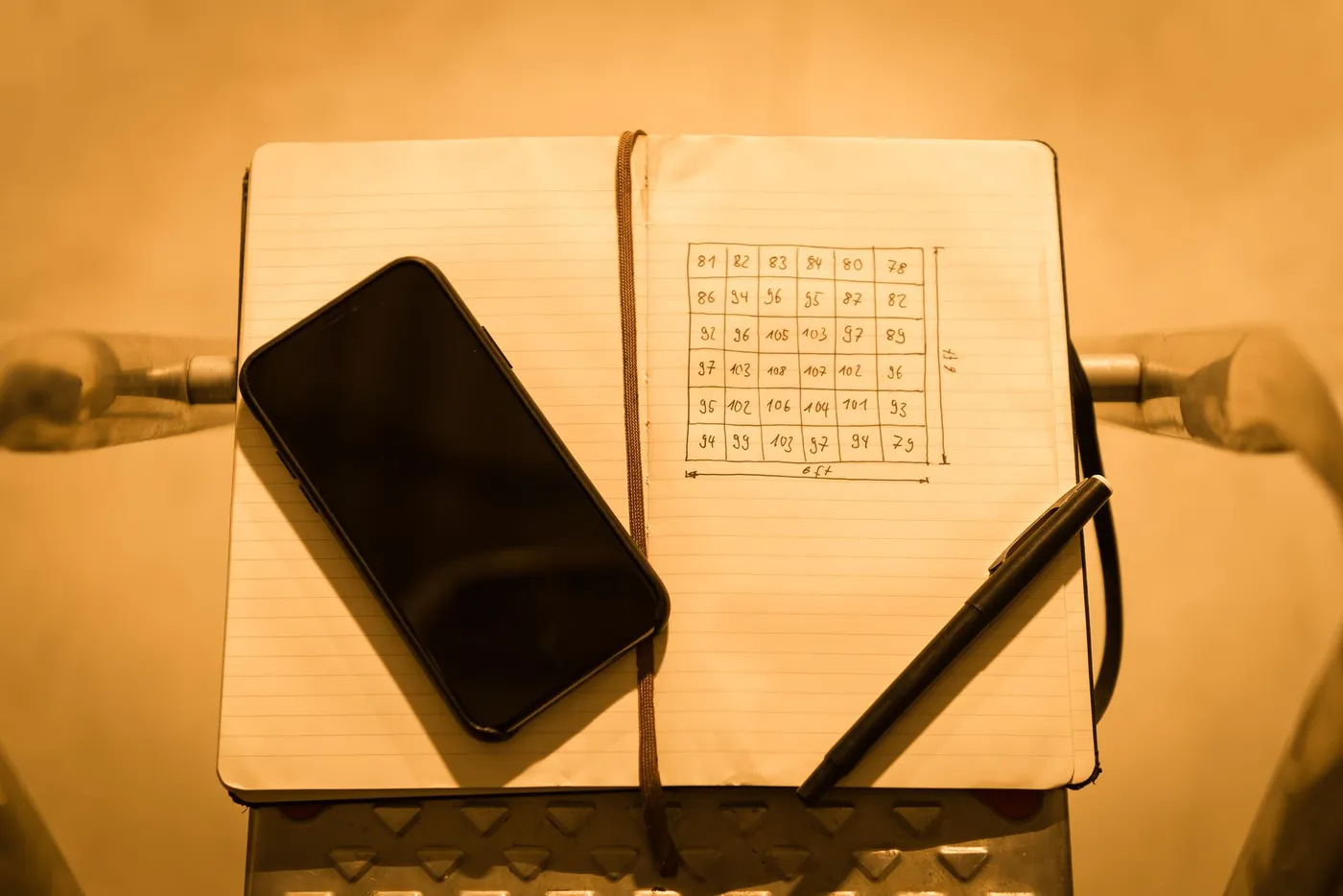
By using Photone to measure your truly usable light output, you have all the information to increase your efficiency, decrease your electricity bill, and optimize your plants' yield – all at the palm of your hand. It’s never been easier than now to measure your lighting and get the perfect positioning for indoor grow lights – every time.

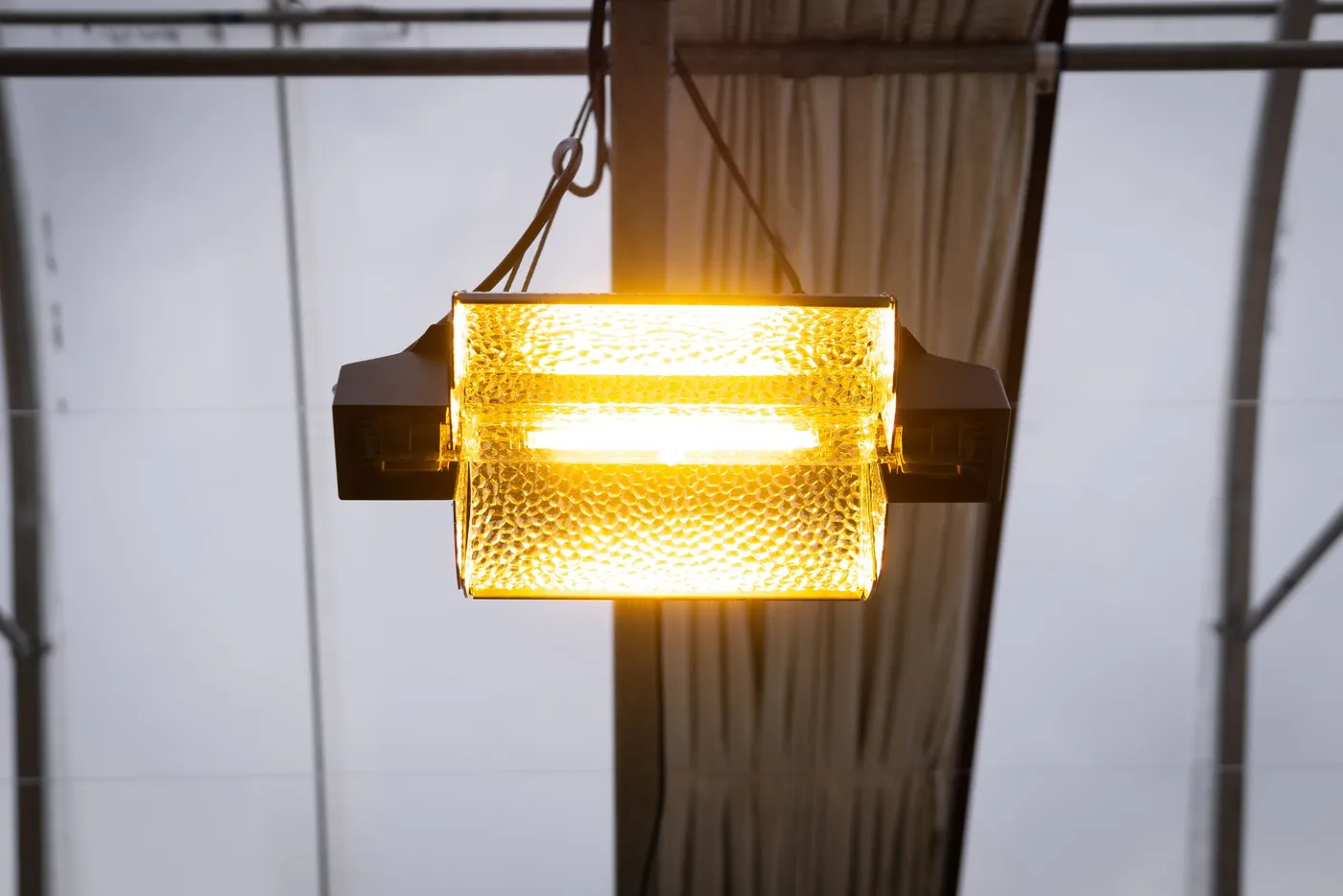
 Share This
Share This



